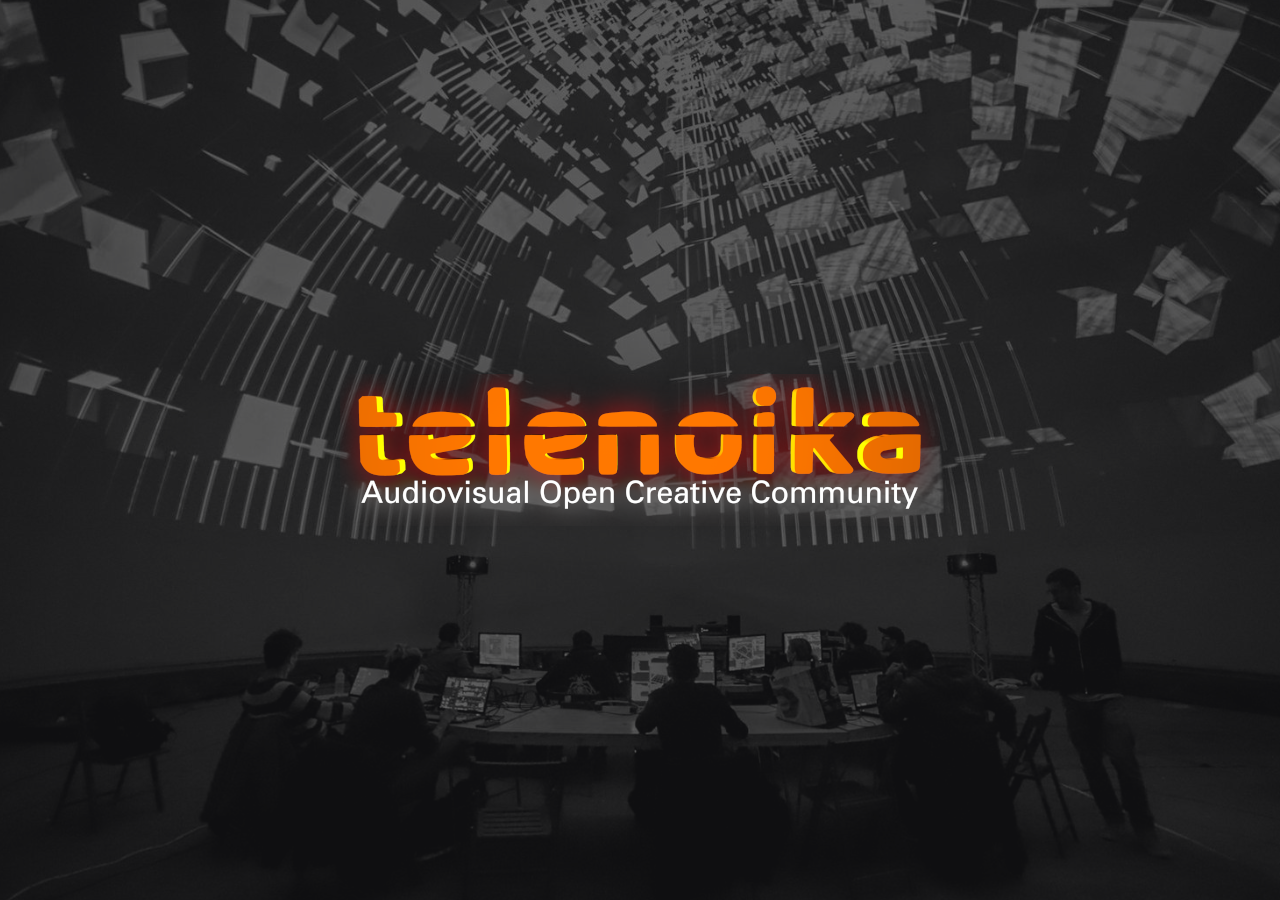
Hack_C4M

Model 303 Camera combines high-resolution digital network camera with extremely compact MCP image intensifier gating circuitry capable of exposures down to 10ns. “Network camera” means that it has 100 Mb Ethernet port and can be connected to any computer that has LAN hardware. It can also be plugged into an existent LAN directly or through regular hubs/switches or copper-to-fiberoptic converters if high EMI immunity is a must.

Model 303 Camera combines high-resolution digital network camera with extremely compact MCP image intensifier gating circuitry capable of exposures down to 10ns. “Network camera” means that it has 100 Mb Ethernet port and can be connected to any computer that has LAN hardware. It can also be plugged into an existent LAN directly or through regular hubs/switches or copper-to-fiberoptic converters if high EMI immunity is a must.
Elphel Model 303 High Speed Gated Intensified Camera (OEM version) |
Features
|
Model 303 Camera combines high-resolution digital network camera with extremely compact MCP image intensifier gating circuitry capable of exposures down to 10ns. “Network camera” means that it has 100 Mb Ethernet port and can be connected to any computer that has LAN hardware. It can also be plugged into an existent LAN directly or through regular hubs/switches or copper-to-fiberoptic converters if high EMI immunity is a must.
If synchronous operation of multiple cameras is required (as in a single multi-frame camera) they all can be networked together and input trigger should be applied in parallel to all cameras as each has it’s own programmable sequencer.
Software interfacing is also simple. Camera has embedded Linux processor running a web server – so any computer with Internet browser can access camera(s) to control it (them) and acquire images. No custom software applications/drivers are provided with camera – all user interface functions are performed by browsers interpreting web pages stored in the camera. This part of embedded software could be modified to meet specific requirements using only web design software and transferred to the camera by a standard FTP client.
Software running in the camera includes basic image processing – sensor per-pixel sensitivity calibration and correction. It fights both sensor’s fixed pattern noise and intensity modulation due to finite fiber size in MCP, it’s output window and fiberoptic taper. Either Elphel, Inc. or customer can install additional application-specific software – all source codes of the software are available under GNU/GPL license.
You can look at the 3-d VRML model of the camera. If your browser is IE 5.0 or later you can watch annotated model annotated model – moving mouse cursor over description text will rotate the model to show items involved. If you have different one you can still download the model for off-line viewing or open it in a new window if your browser supports VRML files. Pre-rendered images of the model are also available as well as a version for older browsers.
Product development page (schematics, etc.) is here.